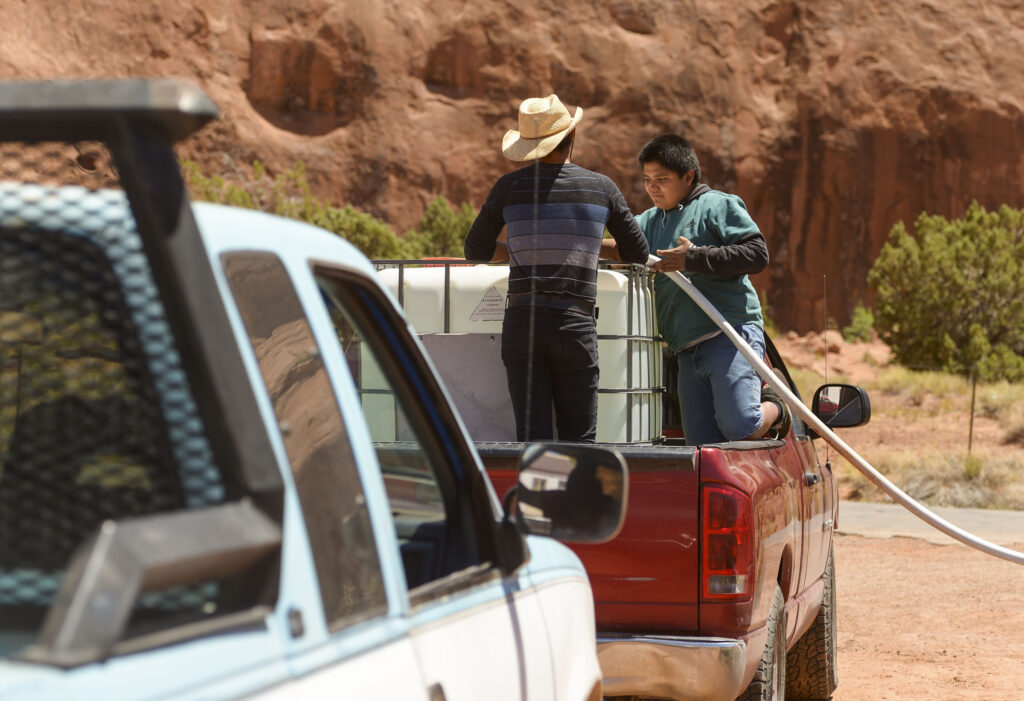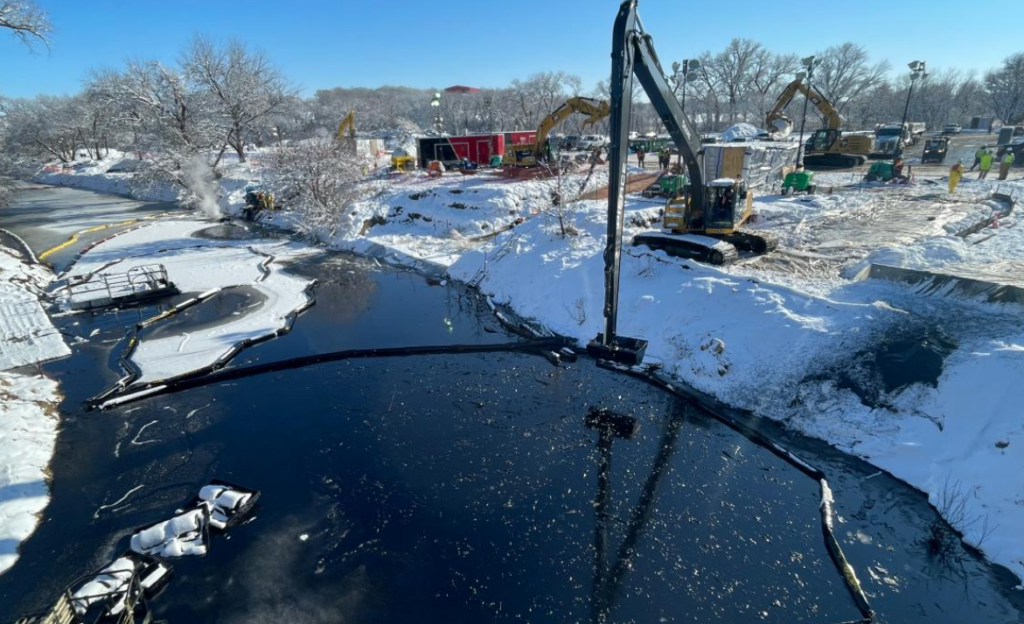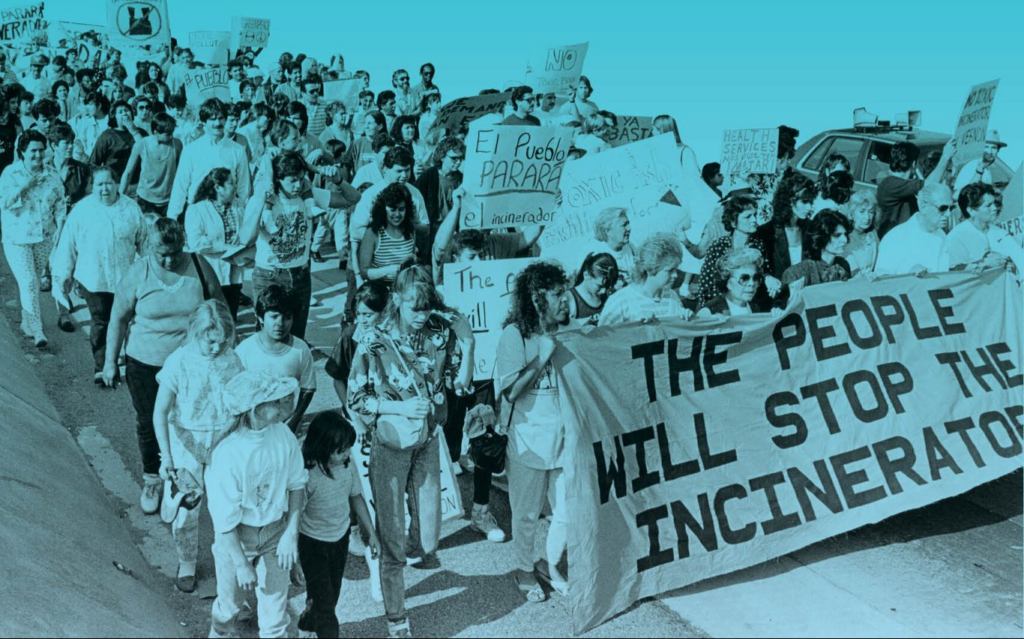Toxic Tuesdays
CHEJ highlights several toxic chemicals and the communities fighting to keep their citizens safe from harm.
Exposures to Chemical Mixtures Matter
Considering cumulative exposures to low levels mixtures of chemicals is an enormous challenge when evaluating the toxicity of chemicals. Neither the EPA nor ATSDR have guidance on how to evaluate exposure to multiple chemicals simultaneously, or cumulatively over time. The EPA does have its Risk-based Screening Levels (RSLs) that provide some guidance on risk estimates, but these values only consider chemicals in isolation, or when exposed to one chemical at a time. This limitation has begun to be recognized as a fundamental weakness in the way research is done on the toxicity of chemicals. Testing one chemical at a time is not sufficient nor appropriate for evaluating public health risks when people are exposed to multiple chemicals at the same time, or cumulatively over time.
This limitation was highlighted when a group of 350 cancer research scientists came together in Halifax, Nova Scotia to address the question of continuous multiple chemical exposures and the risks these exposures pose. Referred to as the Halifax Project, this effort merged two very distinct fields – environmental toxicology and the biological mechanisms of cancer – and provided the opportunity for researchers to look at the diversity of environmental factors that contribute to cancer by examining the impact that exposure to very small amounts of chemicals can have on various systems of the body.
These scientists looked at whether everyday exposures to mixtures of commonly encountered chemicals have a role to play in cancer causation. The researchers began by identifying a number of specific key pathways and mechanisms that are important in the formation of cancer. Then they identified individual (non-carcinogenic) chemicals that are commonly found in the environment that had some potential to disrupt these systems. A total of 85 environmental chemicals were identified.
The authors found that 59% of these chemicals (50/85) had low dose effects “at levels that are deemed relevant given the background levels of exposure that exist in the environment.” They found that only 15% of the chemicals reviewed (13/85) had a dose-response threshold and that the remaining 26% (22/85) could not be categorized due to a lack of dose-response information. The authors concluded that these results help “to validate the idea that chemicals can act disruptively on key cancer-related mechanisms at environmentally relevant levels of exposure.”
This is an important observation because it challenges the traditional thinking about how cancer forms in the body. It challenges the notion that all cancers share common traits (considered the “hallmarks of cancer”) that govern the transformation of normal cells to cancer cells. The authors also discuss how the results in this paper impact the process of risk assessment as even its most sophisticated model fails to address continuous exposures to mixtures of common chemicals.
The authors concluded that “the cumulative effects of individual (non-carcinogenic) chemicals acting on different pathways, and a variety of related systems, organs, tissues and cells could plausibly conspire to produce carcinogenic synergies.” In other words, exposure to multiple chemicals at low doses, considered individually to be “safe,” could result in various low dose effects that lead to the formation of cancer. This is a remarkable observation and conclusion. It is also an important advance in the understanding of the risks chemicals pose to society. It also highlights how surprisingly little is actually known about the combined effects of chemical mixtures whether on cancer related mechanisms and processes or on adverse effects in general.
Learn about more toxics
Nitrogen Oxide
Nitrogen oxides are a group of gaseous chemicals. The two most relevant nitrogen oxides are
Benzidine
Pyrethrins are a class of naturally occurring compounds derived from chrysanthemum flowers. They have been






